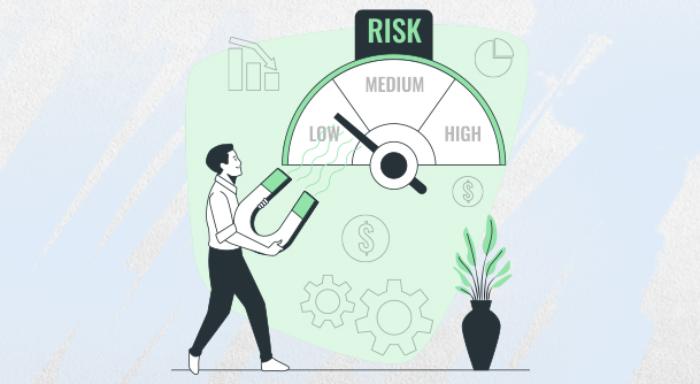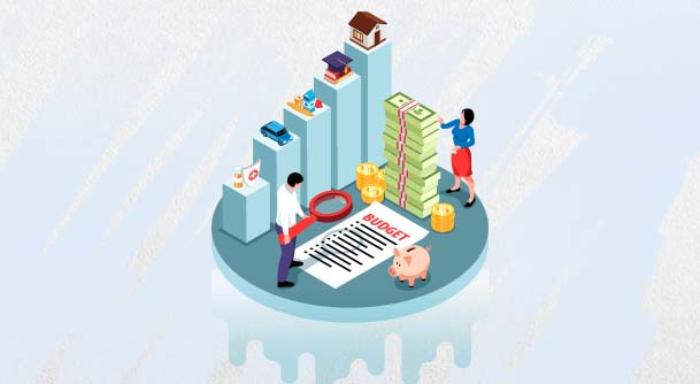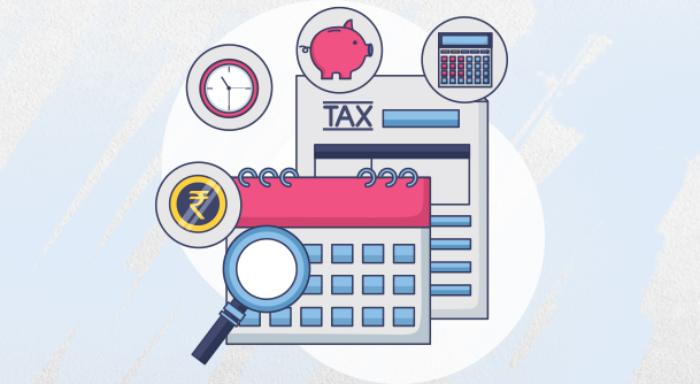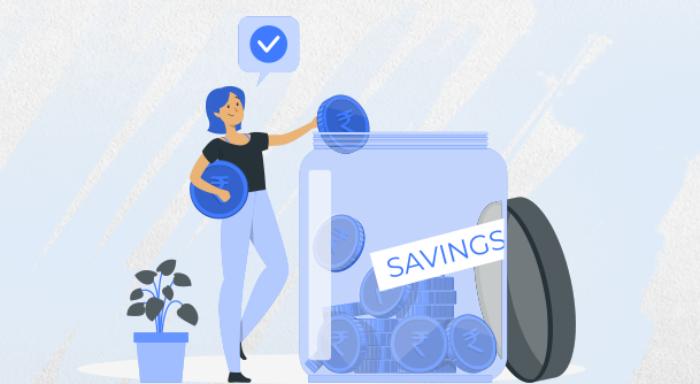Risk Tolerance- Know Your Limits Before You Invest
Blog Title
144 |
Making strategic investments is key to ensuring your financial prosperity, meeting diverse goals, and ensuring your family’s security in your absence. However, it is important to align your investments with your risk tolerance/appetite. What does this mean? Here’s a look at the concept of risk and how it plays a crucial role in your investment planning.
What Does Risk Essentially Mean?
There are various ways to describe the concept of risk. To put it simply, risk is the possibility of your returns on investment being lower than expect. In some cases, your returns might even be lower than your initial investment amount, leading to a loss of money. There is always a chance of losing a part of your investment, thereby negatively affecting your financial objectives. No matter which investment you opt for, there is always some risk involved, except for a few options that provide guaranteed returns. You should always work out your risk appetite and align the same with your investment goals before proceeding with the purchase of any investment option.
Types of Risks for Investments
If we were to classify risks in a more specific manner, then they can be any of the following types:
- Market Risks- These are also called systematic risks and affect the whole financial market. Almost any adverse situation can lead to a downturn in the market. A recession, climate disasters, political instability, interest rate changes, government announcements, policy measures etc. are all factors that commonly lead to market instability.
- Liquidity Risks- You may have to face liquidity risk whenever you try to convert an asset into liquid money. Liquidity risk can lead to a loss, as you might have to sell your assets at a lower price. For example, you may be unable to sell your house at its market price and may have to settle for a lower value to finalize the sale.
- Concentration Risks- This type of risk is common when you put all your money into one particular investment, aka putting all your eggs in one basket. If you have not diversified your investment portfolio, then your whole portfolio may collapse if your primary investment fails.
- Inflation Risks- Inflation is a constant financial phenomenon that eats into the value of money over a period of time. Basically, the purchasing power of money decreases due to inflation. A commodity that costs ₹10 right now may cost ₹20 ten years down the line due to inflation. Inflation erodes monetary value in the long term, which is why it is essential to consider inflation before buying any investment. Your returns on investment should be more than enough to compensate for inflation pressures.
- Reinvestment Risks- Reinvestment risk happens when you might have to reinvest money at a lower interest rate than before, which could lead to earning less money on your investment than expected.
How Do You Work Out Your Risk Appetite Before Making Investments?
There is no magic formula for calculating your risk tolerance/appetite. Here are some aspects that may help.
- Understand the type of risk that the investment comes with, taking reference from the above-mentioned categories.
- Your personal risk tolerance is the uncertainty that you can willingly bear for achieving your desired financial goal.
- Factor in your future goals, investment portfolio needs, ideal time/duration, responsibilities, monthly expenditure, fixed costs, and other overheads to work out how much risk you can tolerate.
- If you are young, have a steady income, and lack responsibilities, your risk tolerance levels should be high, since you will have time to recover from losses.
- However, risk tolerance decreases with age, since your responsibilities go up and you will not have the time to recover from any potential losses.
Let us take an example in this case. Suppose you earn ₹2 lakh per month and your fixed monthly costs (including essentials, payments, fees, taxes, miscellaneous spends, and loan EMIs) stand at ₹70,000. In this scenario, you may allocate another ₹50,000 towards comparatively secure investments (remember how diversification helps) that will bulk up your savings.
Considering the need to keep emergency cash in hand, you may deduct another ₹50,000 per month. Now, after everything has been accounted for, you can possibly invest ₹30,000 (the remainder) into comparatively riskier investments to earn higher returns over a longer duration. Your emergency cash will also help recover swiftly from any losses in this case, along with your other investments.
This is how you can calculate risk tolerance levels/appetite before investing. To put it mildly, it is the sum that you can afford to lose if things do not go right. However, if they turn out fine in the end, then you can be look forward to lucrative financial gains!
What You Should Do
Make sure you work out the amount that you can safely afford to lose and deploy it into comparatively riskier investments. However, ensure that you diversify your portfolio and spread investments across safer choices including fixed-income instruments, pension plans, and even real estate and jewellery. If you have higher risk appetite, consider equity and other instruments. If you have moderate risk levels, consider ULIPs, comparatively low-risk bonds, savings plans, etc. The more you diversify and spread your risks, the better it is for your portfolio. That is the golden rule for risk reduction.
Chirag Iyer - BFSI Enthusiast
Chirag is a writer and an avid reader who loves to drink coffee! His other interests include boxing, karate, and singing.







